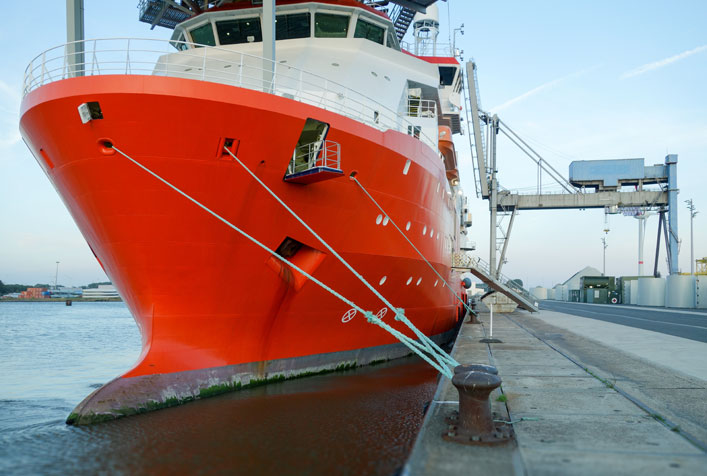Development of EPA Shore Power Air Quality Analysis Tool

Project Brief
The Challenge
Recognizing the environmental and economic significance of the U.S. port industry sector, the U.S. Environmental Protection Agency’s Office of Transportation and Air Quality established the EPA Ports Initiative, which includes identifying advanced technologies and strategies to reduce diesel emissions from ships docked at ports. Emissions from ships at ports pose a health concern to nearby residents. Shore power technology significantly reduces these emissions by allowing ships to “plug into” on-shore electrical power sources and then turn off their auxiliary diesel engines while at dock. EPA asked ERG to better quantify the advantages this option provides.
ERG's Solution
ERG led a project to conduct a comprehensive analysis of potential air quality issues and benefits associated with shore power systems and documented this analysis in “Shore Power Technology Assessment at U.S. Ports,” published by EPA. We subsequently updated this publication to include lessons learned from ports providing this service, as well as a detailed description of California’s new regulations requiring shore power. ERG’s team also developed a publicly available Shore Power Emissions Calculator. This tool allows users to estimate the emission reductions resulting from shore power use, while accounting for emissions created by regional power sources providing electricity to the port to meet the increased power demand. We subsequently updated this tool to improve the user experience and incorporate the latest EPA vessel and electric generating unit emission factors.
Client
U.S. Environmental Protection Agency